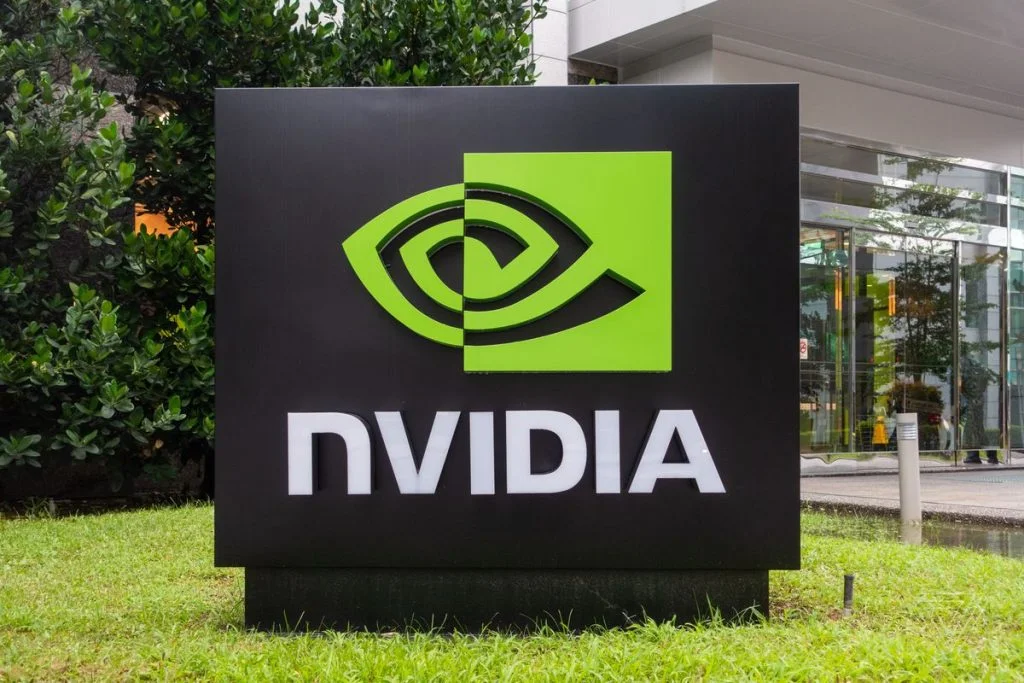Nvidia is launching a series of new tools for creators and developers in digital worlds as an attempts to establish a presence in the Metaverse.

Nvidia unveiled a new collection of developer tools aimed toward metaverse environments on Tuesday. These tools include additional AI capabilities, simulations, and other artistic resources.
The latest updates will be available to creators using the Omniverse Kit as well as programs like Machinima, Audio2Face, and Nucleus. According to Nvidia, one of the tools’ main purposes will be to facilitate the creation of “exact digital twins and realistic avatars.”
In the industry, developers and users are debating whether to prioritize the number of experiences or the quality of interactions in the metaverse. This was demonstrated during the first-ever metaverse fashion week, which took place in the spring.
The event’s criticism was overwhelmingly critical of the low quality of the digital settings, clothes, and especially the avatars that participants interacted with.
The Omniverse Avatar Cloud Engine is a part of the updated Nvidia toolbox (ACE). According to the developers, ACE would enhance the living environments for “virtual assistants and digital humans.”
“With Omniverse ACE, developers can build, configure and deploy their avatar applications across nearly any engine, in any public or private cloud.”
A major focus of the update to the Audio2Face program is digital identity. Users may now control the emotion of digital avatars over time, including full-face animation, according to an official release from Nvidia
It is obvious that participation in the metaverse will grow. In fact, the market share of the metaverse is expected to reach $50 billion in the following four years, indicating increased engagement. In addition, new locations of employment, gatherings, and even academic classes are appearing in virtual reality.
More people will therefore attempt to develop digital representations of themselves. Technology must advance in order for the metaverse to be widely used.
Nvidia PhysX, an “advanced real-time engine for modeling realistic physics,” is another feature of the Nvidia upgrade. Developers can now incorporate realism-based responses to physics-based metaverse interactions.
So far, the digital universe has been able to foster social interaction in part thanks to NVIDIA’s AI technologies. More so now that it is releasing fresh applications for programmers to improve the metaverse.
